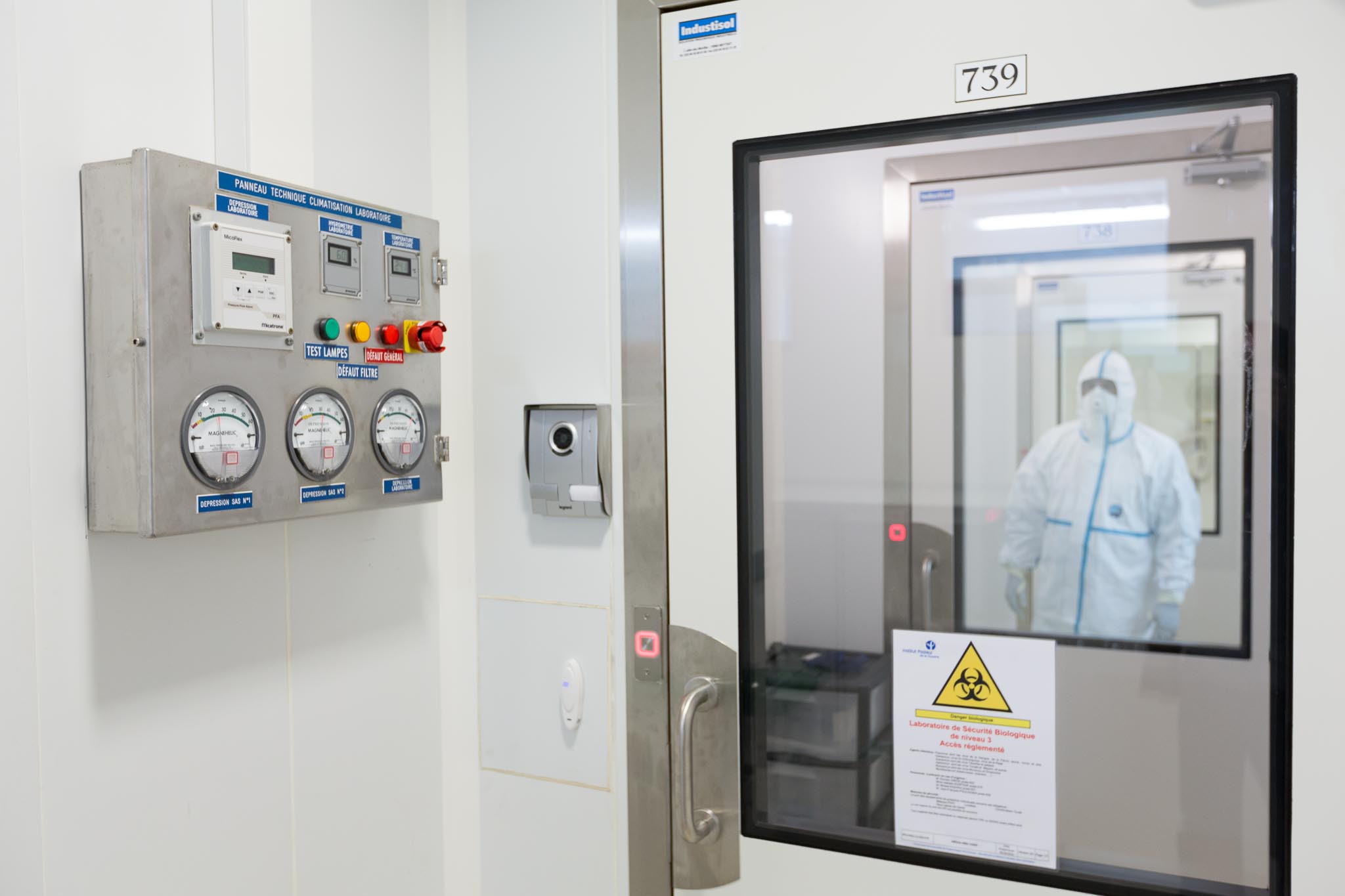It is an example of how scientists are tackling local problems by taking research to one of the most far-flung corners of the EU.
French Guiana is an overseas region of France, situated at the northern end of South America. About 90 % of French Guiana is tropical rainforest – the largest forest in the European Union – with extraordinarily diverse flora and fauna.
“‘The Vectopole will help the scientists perform experiments that were not possible before.’
But rapid population growth and expansion from the coastal zone into previously forested areas exposes French Guiana’s inhabitants to diseases, such as human cases of hantavirus pulmonary syndrome, a severe respiratory infection carried by rodents.
Humans are infected with hantavirus pulmonary syndrome via the newly identified Maripa virus, which is believed to be spread through the urine and faeces of rodents that live in the forest but come into contact with humans when their habitat is disturbed.
‘Deforestation and urbanisation are the main contributing factors,’ said Sophie Groene-Lacoste, communication officer for the EU-funded STRonGer project which is based in French Guiana’s capital Cayenne.
‘The population is more and more in contact with fauna, and these animals’ living conditions are disturbed. That can be a cause of the emergence of viruses and resulting diseases,’ she said.
As a result, the STRonGer project, which was set up to improve coordination of tropical disease research and treatment in French Guiana, has boosted research into the role that small mammals play in the cycle of different diseases.
Capacity and collaboration
It is part of a concerted effort to strengthen research capacity and collaboration in the region to tackle diseases that are not often encountered in continental Europe.
The roll-call of disease in the region in the last couple of decades includes many cases of dengue fever, Chagas disease, leishmaniasis and Q fever, as well as French Guiana’s first human case of rabies.
Many infectious agents are transmitted by arthropods, such as mosquitoes or ticks, which act as so-called vectors to carry the pathogen from an animal to humans.
In order to improve research on these disease vectors, STRonGer has set up a new research facility, known as a ‘Vectopole’, to improve knowledge about how these pathogens are transmitted to humans.
‘Mosquitoes are the main vectors of disease in French Guiana and the Vectopole will help the scientists perform experiments that were not possible before,’ said Angélina Azanza, coordinator of STRonGer, based at the Institut Pasteur in Cayenne.
Over the last four years, STRonGer has contributed to the development of a regional biomedical research strategy, established three additional research laboratories focusing on immunology, virus-host infections and parasitology, and recruited eight research scientists, a bioinformatics engineer and a clinical research assistant.
Smart specialisation
The project is an example of the EU's policy of smart specialisation, which aims to boost research and innovation in Europe's less developed regions by concentrating investment in areas where it can have the greatest impact.
In order to develop French Guiana's expertise in tropical disease, the project has worked with experts from the United Kingdom, the Netherlands, Portugal and France.
It has also played a role in widening cooperation in the region, such as with researchers from Brazil and Suriname, which share many of the same tropical flora and fauna, and similar equatorial health hazards.
Groene-Lacoste says it has been important to have a strong research presence on the ground.
‘We have a multidisciplinary scientific task force, of which field workers (are) here, and we also have people who are expert in carrying out research in the forest, so it makes sense that the medical and scientific research is carried out right here in the region,’ she said.





